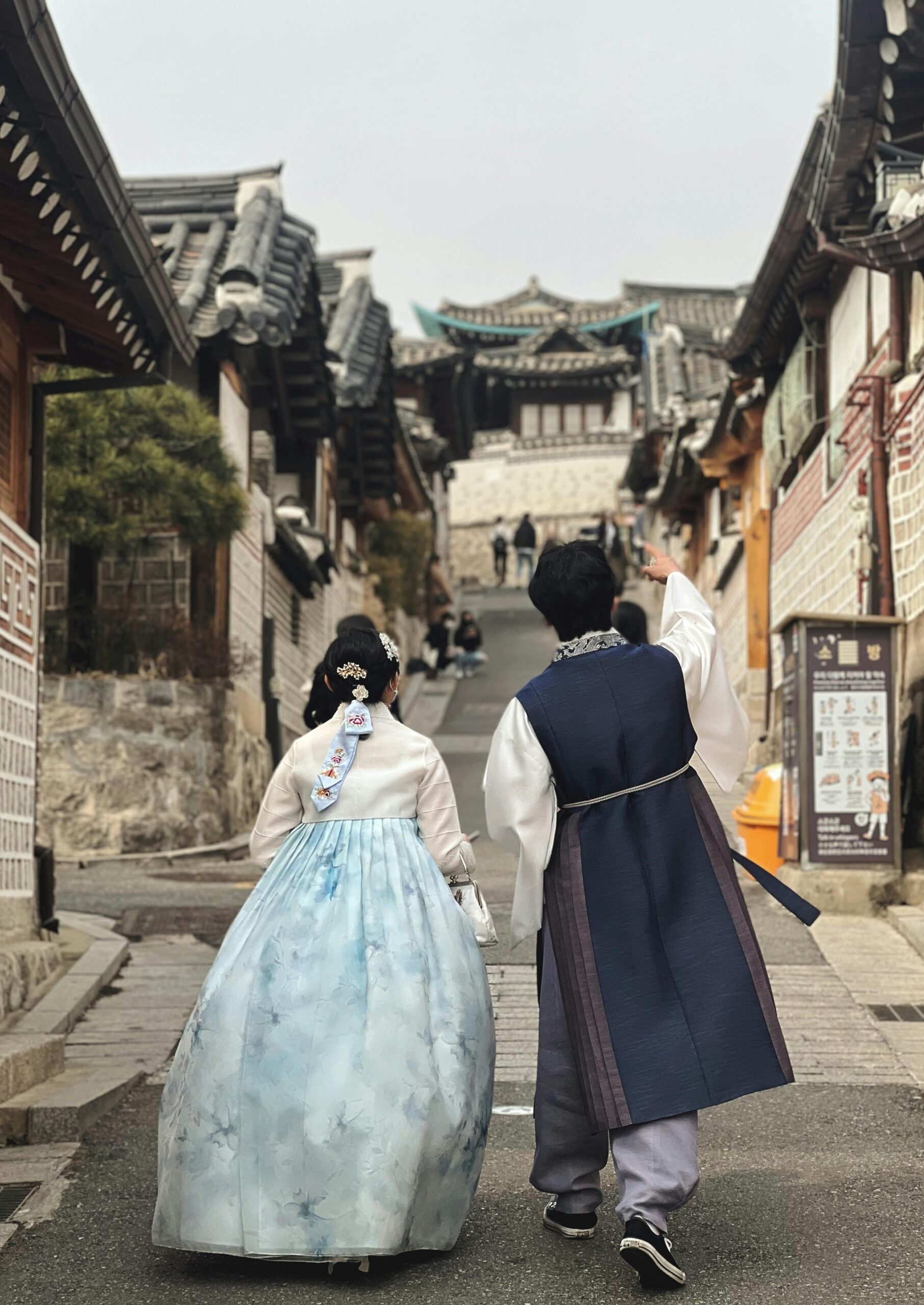Introduction
The hanbok—the traditional attire of Korea—is much more than a stunning display of colors and intricate fabrics. Rooted in centuries of history and imbued with deep cultural meaning, the hanbok has evolved from its ancient origins to become a cherished symbol of Korean identity and pride. Worn today during festivals, celebrations, and special ceremonies, it serves as a living bridge between the past and present. But its significance extends beyond fashion; the hanbok encapsulates the philosophies, artistry, and social norms of both historical and modern Korea. In this article, we will explore the hanbok’s historical journey, design philosophy, cultural symbolism, and its contemporary renaissance, giving insight into why this garment continues to capture hearts worldwide.
The Hanbok Through the Ages
Hanbok’s origins trace back to the early Three Kingdoms period (57 BC – 668 AD), reflecting centuries of adaptation and innovation. Over time, its silhouette, materials, and decorative elements have mirrored shifts in Korean society—from the elegant, minimal forms of the Joseon dynasty to the vibrant, ornate garments symbolizing royal status. Key elements such as the jeogori (jacket) and chima (skirt) for women, and baji (trousers) for men, have remained foundational, typifying Korean clothing’s distinct structure. Historical hanbok was also influenced by climate, lifestyle, and Confucian values, resulting in a balance of functionality and beauty that endures today.
Symbolism and Philosophy in Design
Every aspect of hanbok carries meaning. The choice of fabric, color, and even specific embroidery can represent rank, occasion, and personal wishes. For instance:
- Colors: Traditionally, colors signified social status and marital status. Bright hues were limited to children and unmarried women, while married women and elders wore subtler tones.
- Embroideries: Patterns like cranes, peonies, and lotus flowers wish for longevity, wealth, and purity.
- Silhouette: The flowing lines and loose fit reflect Confucian ideals of modesty and harmony with nature.
This philosophy imbues hanbok with a sense of meaning that connects wearers to their heritage, conveying more than simple aesthetics.
Modern Revival and Global Influence
Recently, there has been a renaissance of hanbok in both Korea and abroad. Contemporary designers reinterpret traditional forms, blending hanbok elements with modern fashion sensibilities and materials. This revitalization is powered by the global rise of Korean culture through K-dramas, K-pop, and digital platforms, as international audiences become enamored with the beauty of hanbok. South Korea supports hanbok-wearing initiatives during cultural festivals and encourages youth to rediscover the garment through school events and creative expression. As a result, hanbok is no longer confined to ceremonial use, but is increasingly worn as casual or semi-formal attire—demonstrating its ability to adapt while preserving its core spirit.
Hanbok in Contemporary Identity
Today, hanbok is both a personal and collective statement. For many, wearing hanbok is a way to honor ancestry, express national pride, or celebrate key life moments such as weddings and holidays. Korean diaspora communities worldwide use hanbok to maintain cultural ties, while young Koreans experiment with fusion hanbok—mixing traditional elements with contemporary styles. This duality allows hanbok to serve as a canvas for creative reinvention, fostering dialogue between generations and cultures. In fashion, tourism, and the arts, hanbok’s presence signifies an ongoing embrace of heritage and a forward-looking reimagining of tradition.
Conclusions
In summary, hanbok’s enduring appeal lies in its rich tapestry of history, symbolic detail, and adaptive beauty. From its ancient roots through dynastic evolution, each aspect of the garment conveys a philosophy grounded in social customs, aspirations, and aesthetics. The recent renaissance of hanbok—energized by modern reinterpretations and Korea’s global cultural influence—demonstrates its relevance beyond tradition, making it a timeless icon in both Korea and the world. By wearing or even simply appreciating hanbok, one partakes in a vibrant story of resilience, creativity, and national pride—a story that continues to unfold, connecting people to the heart of Korea.
